Ce module s'appuie sur ce que vous avez appris dans le module TAP sur les aides auditives préprogrammées.
Instruction
Lisez la suite pour découvrir comment fournir une aide auditive programmable à un enfant.
Impact des aides auditives
Les aides auditives aident les enfants présentant une perte d'audition à entendre la parole et les sons dans leur environnement.
Les aides auditives peuvent réduire les effets de la perte d'audition. Elles favorisent :
- l'apprentissage à l'école
- la socialisation et les liens sociaux
- le développement de la parole et du langage.
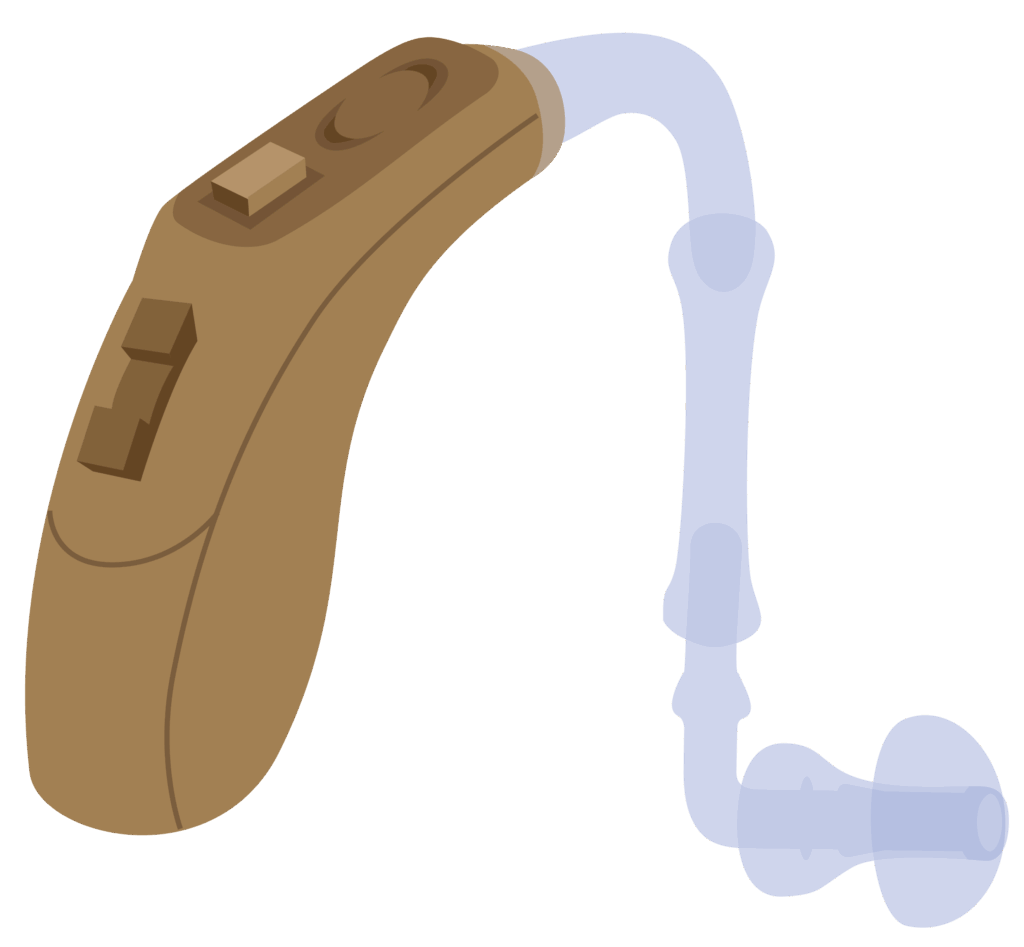
Évaluation du besoin d'aide auditive
- Les enfants de cinq ans et plus peuvent être examinés afin de déterminer s’ils ont besoin d’une aide auditive, auquel cas on leur fournira une aide auditive programmable.
- Les enfants de moins de cinq ans peuvent eux aussi en bénéficier. Ils doivent néanmoins être examinés par une personne ayant suivi une formation spécialisée. Il faut les orienter vers un spécialiste de l'oreille et de l'audition.
L'exemple de Basir

Basir a six ans. Il va à l'école avec sa sœur Siti, âgée de cinq ans. L'enseignant de Basir a remarqué qu'il était silencieux à l'école et qu'il ne levait pas la main pour répondre. Dans le cadre d'un programme de dépistage scolaire, on lui a diagnostiqué une perte d'audition.
Après un test de l'audition, avec l'accord de ses parents, Basir a été équipé d'aides auditives programmables. Aujourd'hui, il est plus bavard à la maison et il participe davantage en classe.
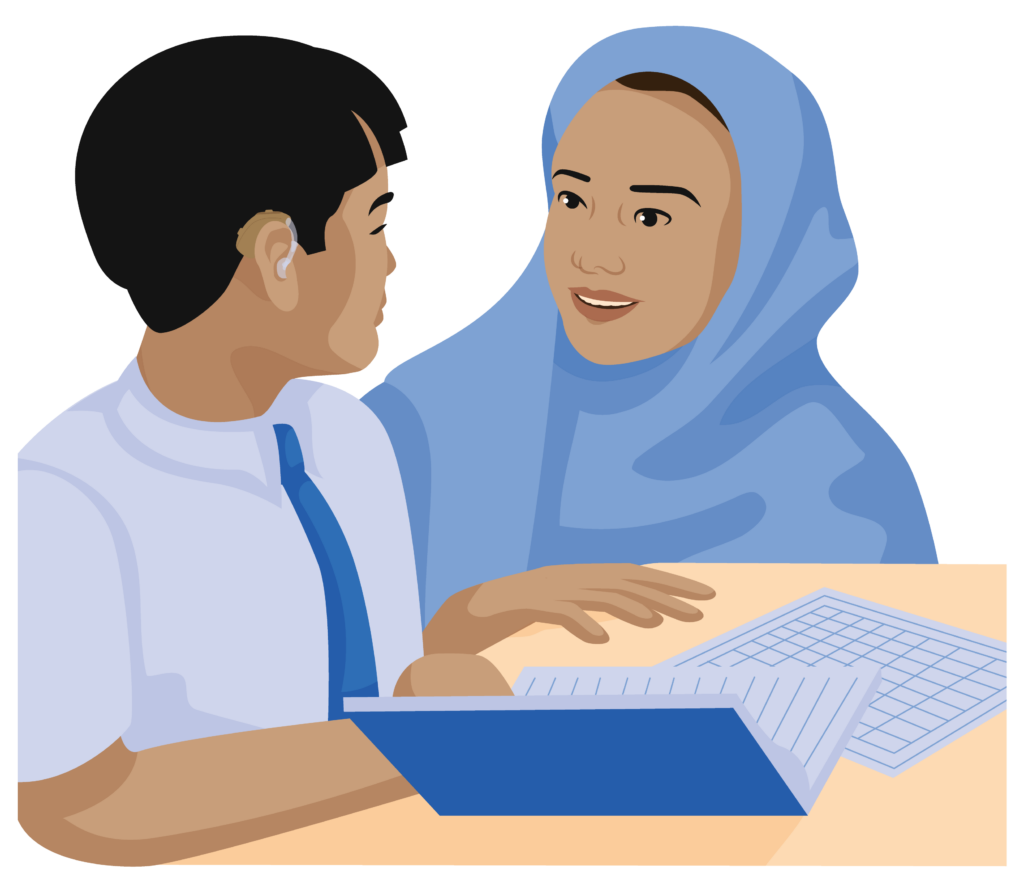
Question
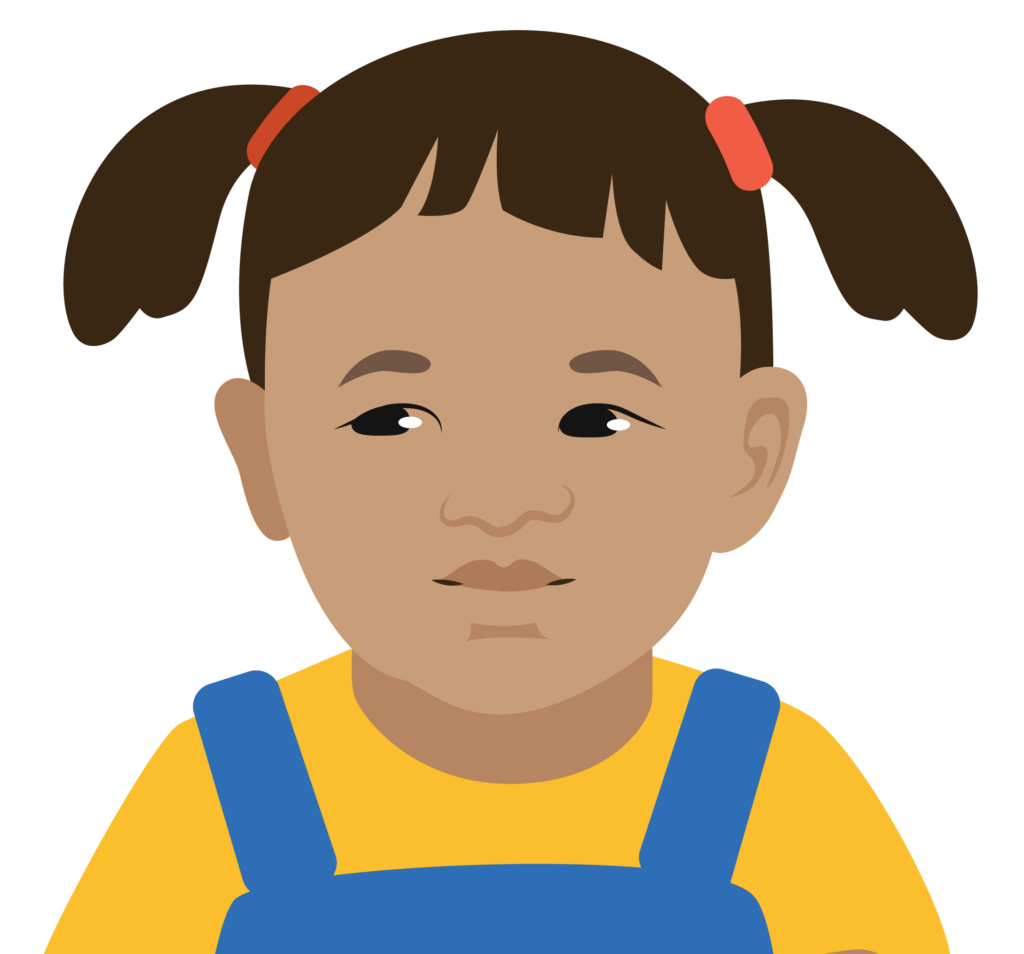
L'exemple de Suhaila
Suhaila a deux ans. Elle vit avec sa mère, son père et leur chien.
Elle ne réagit pas quand son chien aboie et ne se tourne pas vers lui. Elle ne prononce encore aucun mot.
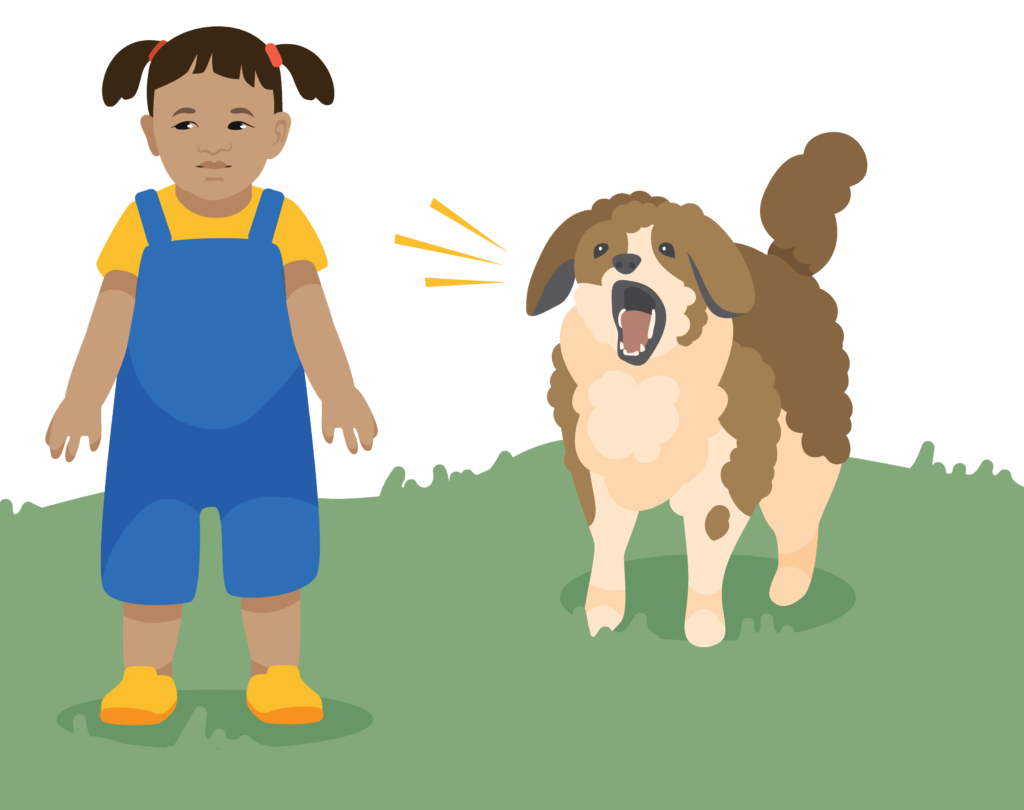
Faut-il examiner Suhaila pour déterminer si elle a besoin d'une aide auditive ?
La bonne réponse est Non.
Suhaila a moins de cinq ans. Elle doit être orientée vers un spécialiste de l'oreille et de l'audition en vue d'une évaluation.
L'évaluation du besoin d'aide auditive nécessite un test de l'audition.
Avant de tester l'audition d'un enfant, il faut effectuer un examen des oreilles afin de s'assurer que les deux oreilles sont en bonne santé.
Les problèmes d'oreille peuvent affecter l'acuité auditive d'un enfant. De nombreuses affections auriculaires peuvent être traitées et l'audition de l'enfant peut être améliorée ou totalement rétablie.
Mesure de la perte d'audition
Les enfants présentant une perte d'audition entendent moins biens que ceux dont l'audition est normale.
Le résultat du test de l’audition dans chaque oreille est indiqué par une notation comprenant six niveaux.
| Degré | Moyenne | Recommandation |
| Plage d'audition normale | Moyenne inférieure à 20 dB | Adultes et enfants : une aide auditive n'est pas nécessaire. Expliquer comment préserver la santé des oreilles. Réévaluer dans un an ou plus tôt si l'enfant ou la personne qui s'occupe de lui remarque un changement de l'audition ou de l'état de santé des oreilles. |
| Perte d'audition légère | Moyenne de 20 à 34 dB | Enfants : Fournir une aide auditive. Adultes : Surveiller et réévaluer dans un an. Expliquer comment préserver la santé des oreilles. |
| Perte d'audition modérée | Moyenne de 35 à 49 dB | Adultes et enfants : Fournir une aide auditive. |
| Perte d'audition modérément sévère | Moyenne de 50 à 64 dB | Adultes et enfants : Fournir une aide auditive. |
| Perte d'audition sévère | Moyenne de 65 à 79 dB | Enfants : Orienter vers un spécialiste de l'oreille et de l'audition. Adultes : Fournir une aide auditive. |
| Perte d'audition profonde | Moyenne supérieure à 80 dB | Adultes et enfants : Orienter vers un spécialiste de l'oreille et de l'audition. |
Question
Quels sont les degrés de perte d'audition pour lesquels vous recommanderiez la fourniture d'une aide auditive à un enfant ?
Sélectionnez trois réponses.
La bonne réponse est : perte d'audition légère, modérée et modérément sévère.
Une perte d'audition légère peut nuire au développement du langage et à la capacité d'apprentissage de l'enfant. Il est important de recommander une aide auditive aux enfants présentant une perte d'audition légère à modérément sévère.
Les enfants présentant une perte d'audition sévère ou profonde ont des besoins plus complexes et doivent être orientés vers un spécialiste de l'oreille et de l'audition.
Discussion
Connaissez-vous des enfants qui utilisent des aides auditives ? Comment les aident-ils dans leur vie quotidienne ?
Aides auditives programmables
Si un enfant présente une perte d'audition, il est recommandé de lui fournir une aide auditive programmable.
Ce type d’aide auditive peut également être adapté pour les adultes.
Instruction
Si un adulte a besoin d'une aide auditive programmable orientez-le vers un spécialiste de l'oreille et de l'audition.
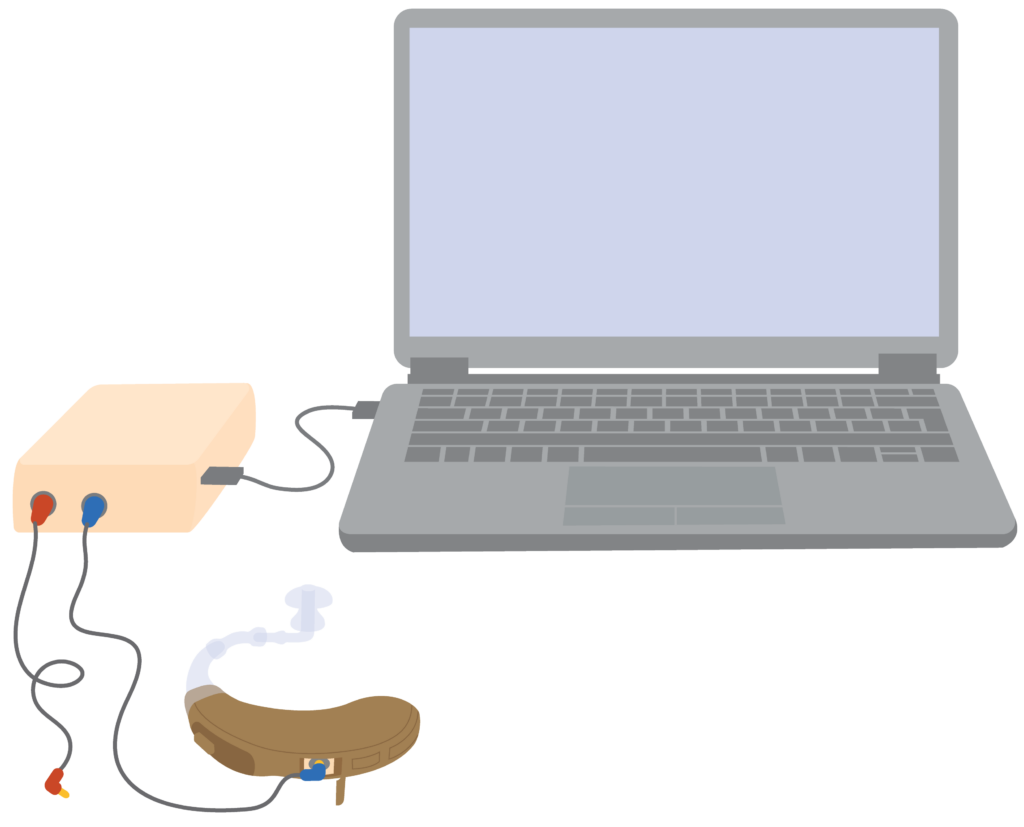
Parties
Instruction
Dans cette activité, vous testez vos connaissances sur les parties d'une aide auditive.
Activité
Pour les aides auditives programmables disponibles dans votre service, pouvez-vous vous procurer les pièces suivantes de l'aide auditive ?
- Microphone
- Coude auriculaire
- Embout standard
- Pile
- Bouton de volume
- Bouton de programme

- Où se trouve le point de connexion à l'outil de programmation ?
- Comment l'aide auditive se connecte-t-elle au téléphone, à la tablette ou à l'ordinateur ?
Référez-vous au manuel du produit pour trouver les réponses à ces questions.
Instruction
Si vous n'êtes pas certain de connaître la fonction d'une pièce, revoyez la première leçon du module TAP sur les aides auditives préprogrammées.
Ajustements des aides auditives programmables
Les aides auditives programmables sont ajustées au regard des besoins de la personne qui les porte.
Elles peuvent être ajustées avec :
- un logiciel
- une application
Elles offrent des fonctions de programmation supplémentaires pour améliorer la clarté des sons. C'est important pour favoriser l'apprentissage et le développement du langage des enfants.
Question
Quel type d'aide auditive est recommandé pour les enfants ?
Sélectionnez une réponse.
Si vous avez sélectionné la réponse b, vous avez raison.
Les enfants doivent être équipés d'aides auditives programmables pour les deux oreilles.